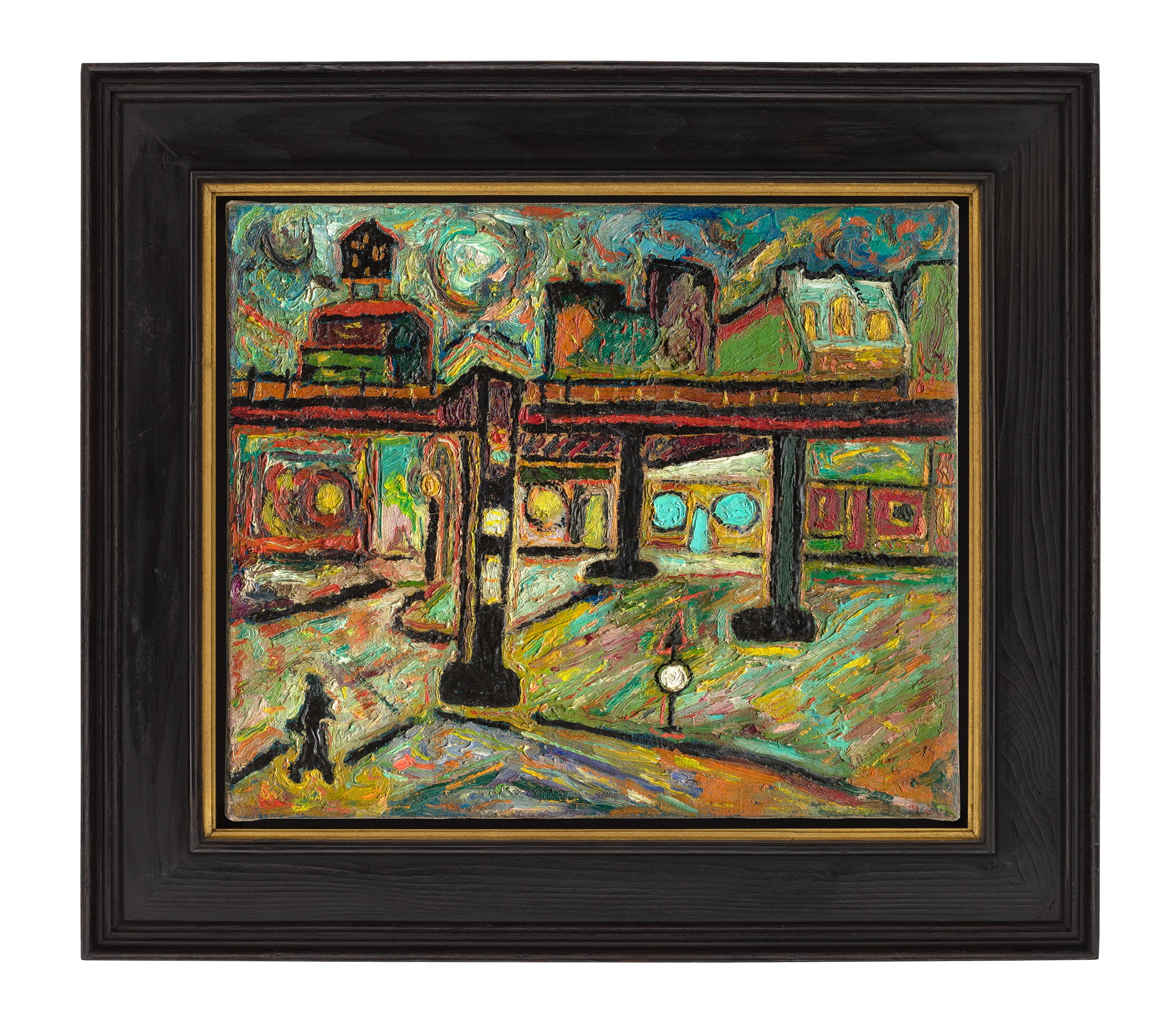Beauford Delaney

b.1901, Knoxville; d.1979, Paris
A close confidant of the writer James Baldwin and friend of fellow painter Willem de Kooning, Beauford Delaney was uniquely positioned between the Harlem Renaissance and the rise of SoHo’s AbEx movement. He earned little lasting recognition in the States, however, and later followed Baldwin to Paris in 1953 at the encouragement of artist Palmer Hayden. In overview, Beauford Delaney’s shifting style finds no easy category; his abstractions closer in sensibility to Tachism than Abstract Expressionism, his figurative works aligned only loosely with l’Art Informel. There is a lyrical seduction to his compositions, the paint applied thickly and feelingly. He pursued no singular objective or ideal, was concerned with neither verisimilitude nor formalism. Only the colour yellow would prove a lasting preoccupation; his paintings “studies in light revealed.” To Delaney, such light extended beyond the seen to the felt, was at once real and symbolic; a supplication of hope against the spreading shadows. “I learned about light from Beauford Delaney” – Baldwin wrote of the artist in a 1964 catalogue essay for Galerie Lambert –
the light contained in every thing, in every surface, in every face. Many years ago in poverty and uncertainty, Beauford and I would walk together through the streets of New York City. He was then, and is now, working all the time, or perhaps it would be more accurate to say that he is seeing all the time; and the reality of his seeing caused me to begin to see.
Delaney’s yellow, however, could not keep out the dark. He would spend the last decade of his life plagued by paranoia, alcoholism, and Alzheimer’s. “There always seems to be the shadow,” the painter wrote to a benefactor, “which follows the light.” Delaney died an inpatient at Sainte Anne’s Hospital in Paris; his body consigned to an unmarked pauper’s grave.